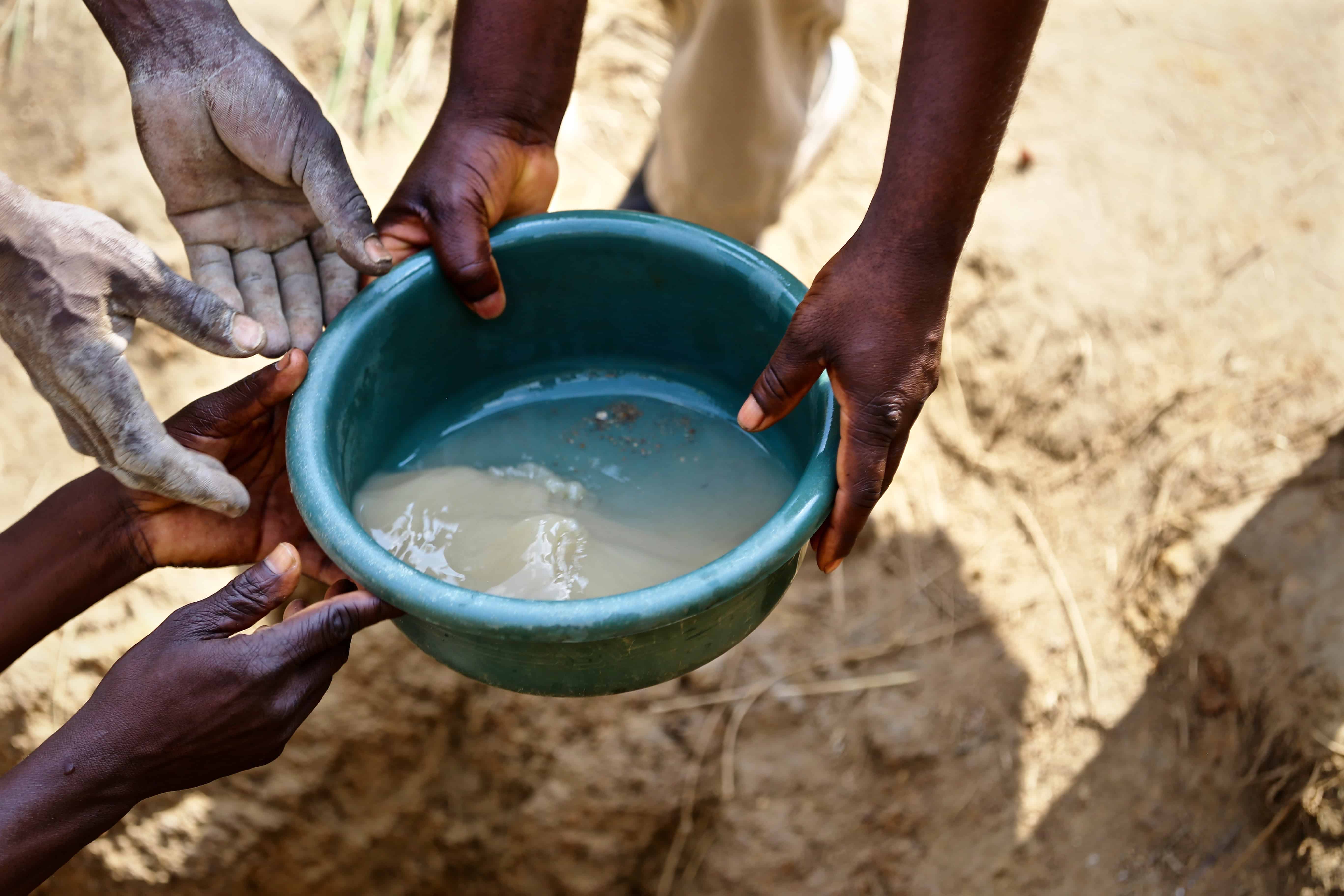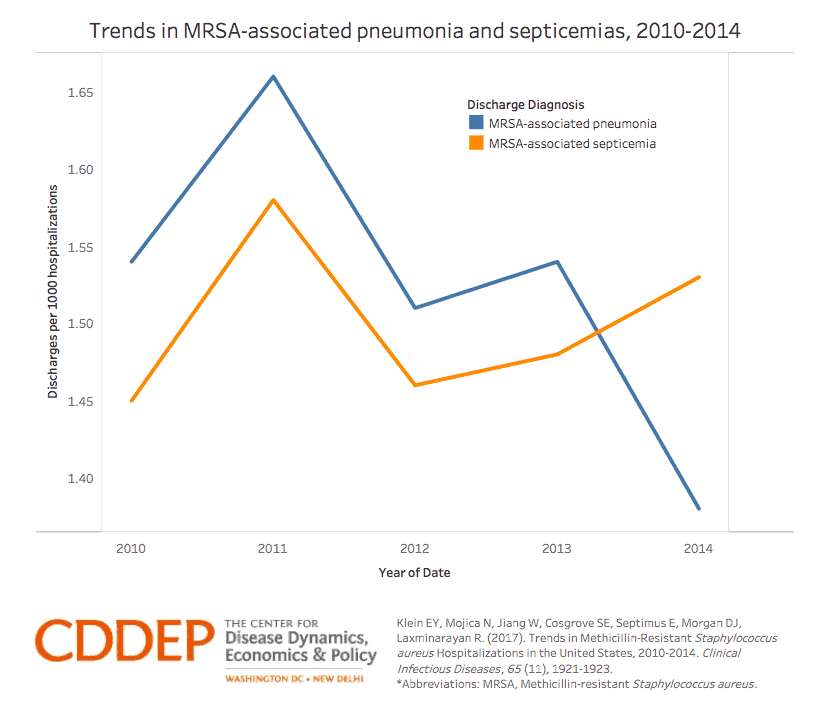September 30, 2019

National food security inversely correlated with cholera incidence. In a 30-country analysis between 2012 and 2015, researchers in the US and Haiti identified a significant inverse association between national food security and annual cholera incidence. Cholera was independently associated with the Overall Global Food Security Index (GFSI), GFSI-Availability, and GFSI-Affordability (incidence rate ratio: 0.57, 0.81, 0.76, respectively). [BMJ Global Health]
Rotavirus vaccine reduces associated hospitalizations of children in Kenya. Following the 2014 introduction of the rotavirus vaccine in Kenya, researchers found an 80-82 percent reduction in rotavirus-associated hospitalizations among children less than 5 years old in Kilifi and Siaya, Kenya in just two years. These reductions remained stable through the third year of the study. [Clinical Infectious Diseases]
Maternal mortality declining globally. The WHO, UNICEF, UNFPA, World Bank, and the United Nations Population Division released a report that estimated a 38 percent reduction in the global maternal mortality ratio (MMR) between 2000 and 2017. The report indicated a 2.9 percent average annual reduction in the global MMR. Sub-Saharan Africa accounted for two-thirds of all estimated maternal deaths globally in 2017, and India accounted for 12 percent of these deaths. [WHO]
Mortality rates of Ebola survivors in Guinea. According to a follow-up study of 1130 Ebola virus disease survivors from the 2013-2016 outbreak in Guinea, survivors had a 5.2 times increased risk of mortality compared to the general population one year following treatment discharge. After one year of follow-up, the risk of mortality did not significantly differ between the two groups. Longer stays in Ebola treatment centers were associated with a 2.62 times increased risk of late death from the disease. [The Lancet Infectious Diseases]
Maternal malaria tied to higher risk of febrile infection in infants. A study in Benin found that mothers who had malaria in their first trimester of pregnancy were almost 5 times more likely to have an infant with febrile infection during their first 3 months of life (adjusted OR= 4.99, p=0.03). Schistosomiasis during pregnancy was not associated with an infant’s infection risk. [PLOS ONE]
Hand sanitizers less effective than antiseptic handwashing at removing flu from hands. Scientists at the Kyoto Prefectural University of Medicine in Japan conducted a clinical study involving 10 subjects and found that ethanol-based disinfectants (hand sanitizers) were significantly less effective at inactivating influenza A virus compared to antiseptic handwashing. Ethanol-based disinfectants were unable to inactivate the influenza virus in mucus within two minutes, while hand washing rapidly inactivated the flu virus. [Msphere]
Antibiotic use linked to increased C. diff risk. Researchers in the US analyzed data from 171 hospitals between 2016 and 2017 and identified a significant correlation between the use of high-risk antibiotics and hospital-associated Clostridioides difficile infections (0.22, p=0.003). High-risk antibiotics were defined as second, third, and fourth-generation cephalosporins, fluoroquinolones, carbapenems, and lincosamides. The study also found a 12 percent increase in C. difficile risk for every 100-day increase in high-risk antibiotic use (p=0.002). [SHEA Infection Control and Hospital Epidemiology]
Early diagnostic tests needed in patients with suspected sepsis. A new study including 325 participants from 7 emergency departments in North America found that in patients with severe sepsis, initiation of empirical antimicrobial therapy significantly reduced the sensitivity of blood cultures, emphasizing the need for early diagnostic blood tests. Blood cultures were positive for one or more microbial pathogens in 31.4 percent of patients in the pre-antimicrobial samples and 19.4 percent of patients in the post-antimicrobial samples. The authors emphasize the need for early (pre-therapy) diagnostic testing in patients with suspected sepsis. [Annals of Internal Medicine]
HPV vaccine recommendation behaviors by physicians. In a nationally representative US survey, a greater proportion of pediatricians strongly recommended the human papillomavirus (HPV) vaccine for males aged 11-12 compared to family physicians (83 vs. 66 percent, p<0.0001). Approximately 99 percent of pediatricians strongly recommended the vaccine for girls >15, compared to 90 percent of family physicians. Refusal or deferral of the HPV vaccine among 11- to 12-year old patients was associated with lack of a strong physician recommendation for the vaccine, as well as physicians anticipating an uncomfortable conversation when recommending the vaccine. A majority of respondents reported that HPV vaccine completion rates among teenagers under 15 years old are increasing now that a third dose of the vaccine is no longer required. [Pediatrics]
Trends in MRSA-associated pneumonia and septicemias in the US, 2010-2014. In a 2017 study, CDDEP researchers calculated rates of Staphylococcus aureus and MRSA-related hospitalizations from 2010 to 2014, for septicemias, pneumonias, and unspecified S. aureus infections, using inpatient records from the National Inpatient Survey (NIS) from the Healthcare Cost and Utilization Project of the Agency for Health Research and Quality (AHRQ). [CDDEP]

Featured Photo: Shutterstock











